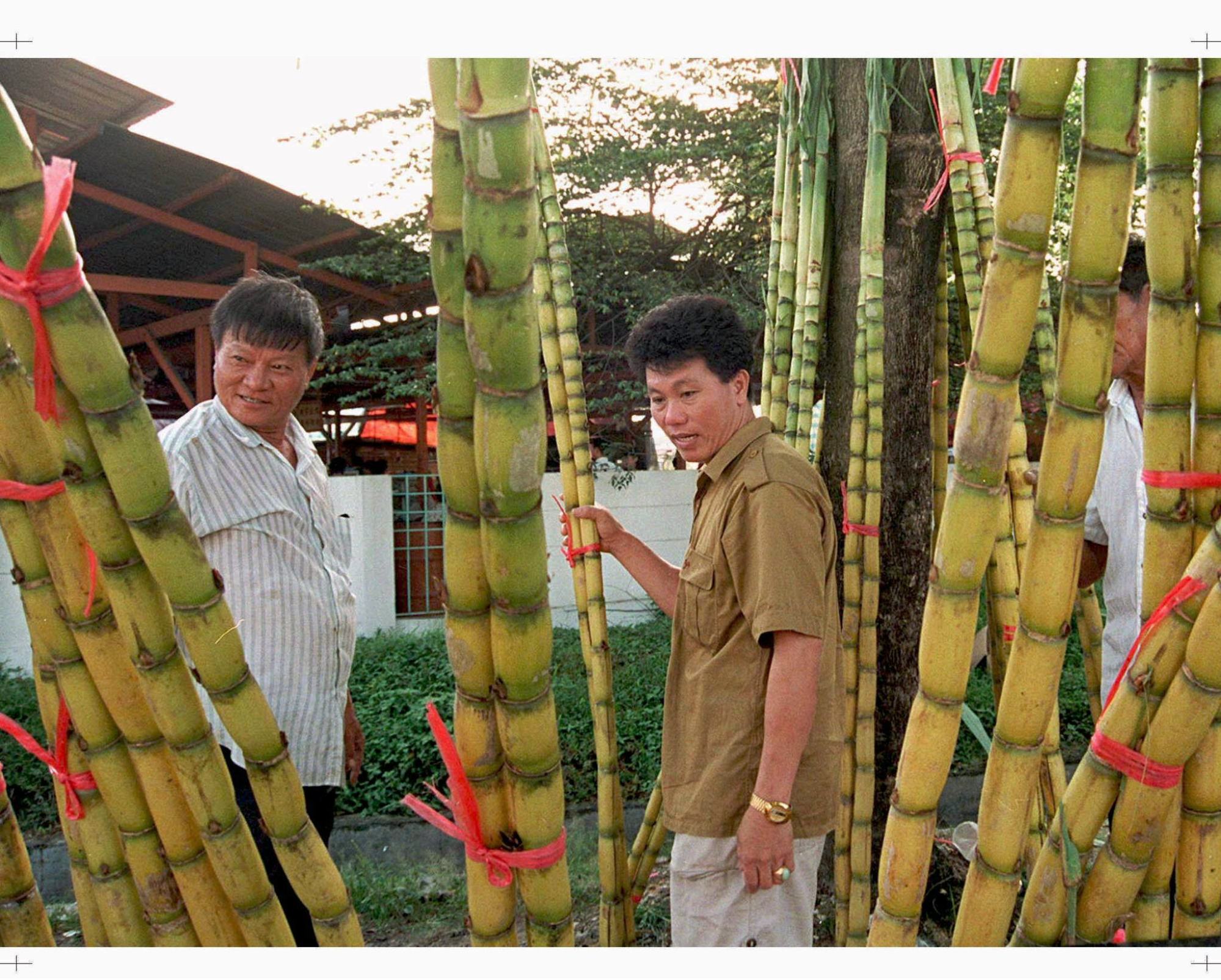This Sunday, February 18, is the ninth day of the Chinese New Year, a day when many of us will frankly be quite sick of the festive cheer and rich foods. But for people from Fujian province and some of its neighbouring regions in China’s southeast, or those whose ancestries can be traced back to these places, it may be the most important day of the year.
This is the day that they worship the Lord of Heaven.
The Lord of Heaven (tih kong in the southern Fujian language, tiangong in Mandarin) is also known as the Jade Emperor and the Deity Most High. He’s the supreme god in the Chinese pantheon of divinities and other supernatural beings in the universe.
How exactly he exercises his supremacy is unclear because Chinese folk religion doesn’t have a fixed canon. Depending on which book or regional tradition one refers to, the Lord of Heaven can either be a passive, nominal leader, or a powerful god of gods whose commands are obeyed by all.
Frequently asked questions: how long is Chinese New Year?
Frequently asked questions: how long is Chinese New Year?
In some stories, even “immigrants” like the many Buddhas, bodhisattvas and gods from the Indian subcontinent defer to the Chinese Lord of Heaven. On other occasions, he extends the same courtesy to the Buddhas of multiple cosmic aeons as a terrestrial monarch would to rulers from other states.
Whatever his role may be, the Lord of Heaven is always depicted as a deified version of a Han Chinese emperor, donning similar clothing and headdress, who presides over a celestial court in heaven that’s a close facsimile of an imperial court on Earth.
The ninth day of the first month of the year is his feast day. The reason for their special devotion is uncertain, but the people from Fujian, the Teochew- or Chiuchow-speaking areas of neighbouring Guangdong province, and the islands of Taiwan and Hainan, to which many Fujian natives emigrated over the centuries, worship the Lord of Heaven with much festivity and elaborate offerings on that day.
The offerings include incense and candles, fruit and vegetables, wheat noodles and a variety of kueh, which are sticky confectionery usually made from rice flour. In some traditions, chicken or pork is also offered.
What makes the ritual arrangements unique – an imprimatur that these have been set up for no other god than tih kong – is the offering of long sticks of sugar cane, usually arranged vertically on both sides of the altar.

There are several stories about the sugar cane.
In one story from the Ming dynasty (1368–1644), a group of villagers hid in a field of sugar cane when their costal settlement in Fujian was attacked by the wokou, or Japanese pirates, on the Lord of Heaven’s feast day.
By hiding among the tall sugar cane stalks, the villagers survived what would have been a massacre by the murderous maritime bandits, who were a scourge along China’s coast during the country’s early modern history.
Despite their historical label, many among the crew and even leaders of these “Japanese” pirates were in fact Han Chinese. To commemorate the salvation of the villagers, sticks of sugar cane were featured in subsequent offerings to the Lord of Heaven on his special day.
Why Hong Kong has the Fujianese to thank for sweetcorn
Why Hong Kong has the Fujianese to thank for sweetcorn
As the ancestors of many Chinese Malaysians and Chinese Singaporeans were from Fujian, Teochew-speaking areas and the island of Hainan, the day is also important to the ethnic Chinese communities in these countries. In Hong Kong, you can witness similar rituals in Fujianese enclaves like North Point.
Although both my paternal grandparents were born in Southeast Asia – he in the east coast of the Malay Peninsula, she in Singapore – their forebears were from southern Fujian.
I believe some of my distant relatives still make offerings to tih kong, although members of my immediate family never did. It’s just not our thing.







